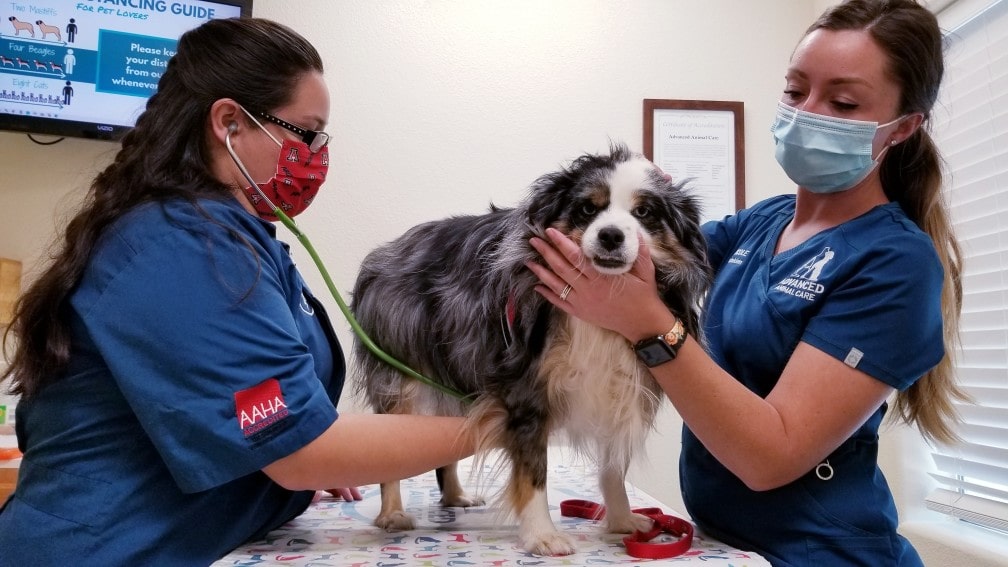Yes, dogs can eat bread in low quantities as an occasional treat, barring any ingredient allergies. However, the bread is usually considered safe for dogs to eat. But it becomes dangerous when seasoned with onions, garlic, and other ingredients that are harmful to dogs.
You should always consult your vet before giving any new meal to dogs. However, treats and snacks should make up 10 percent of your dog’s daily calories.
We love to eat bread. But studies say we shouldn’t overeat it. Like for dogs, plain bread with no added ingredients is not toxic to dogs. So let’s dive into all the information you need to keep your dog secure and away from the risks that some bread can pose.
Benefits of giving bread to dogs
Bread has been part of daily life for over many years. There’s no country where bread is not a part of their culinary habits. Its use has signified wealth and peace – and it’s even included in numerous religious traditions.
Today, we eat bagels, pizza crusts, croissants, whole-grain bread, tea bread, simplified white bread, and many more. Their nutritional value relies on the ingredients, but bread has no nutritious value for dogs.
Even so, there are some other benefits of bread. Here are some benefits your dog may get from eating a small bit of bread.
It helps an upset stomach
The pups with an upset stomach will have only a small amount of white bread. Sometimes the high starch content absorbs the acids and relief from discomfort and pain. Moreover, to relieve the symptoms, one-quarter of a slice is sufficient. You should ask the vet for the amount of bread before adding it to your dog’s meals.
It eases constipation
The fibers in wheat bread help the digestive tract keep everything moving. It binds with liquids and adds bulk to the stool, making it easier to pass.
It helps in digesting foreign objects
Bread allows the hard projects to pass through the digestive tract. This is not true for all shards of bone or foreign objects, but bread can help your dog digest small pieces. Also, always ask your vet for advice on using bread this way.
Harmful Bread Ingredients for Dogs
Mostly, bread is safe for dogs, as long as you only give wheat or plain white bread. If you are sharing a slice with your puppy, make sure to avoid bread containing these ingredients:
Harmful Bread Ingredients for Dogs
Mostly, bread is safe for dogs, as long as you only give wheat or plain white bread. If you are sharing a slice with your puppy, make sure to avoid bread containing these ingredients:
- Nuts: Some nuts, like Macadamia, are very toxic to dogs. In addition, all nuts can lead to pancreatitis in your dogs because they are high in fat.
- Raisins: They give good flavor to bread and make perfect toast in the morning. But this breakfast is unsuitable for your dogs as raisins can cause kidney failure.
- Chocolate chips: There is no doubt that banana bread is a tasty treat, but it comes with chocolate chips which are not good for your dogs. Make sure to keep your dog’s paws off this sweet snack.
- Xylitol: Remember not to give the bread that contains peanut butter or bread sweetened with xylitol. This sugar alternate can lead to low glucose levels and induce liver failure.
- Garlic and Onions: Adding garlic and onions to the bread is unappealing and causes bad breath. Garlic and onion can both cause anemia—moreover, they also kill your dog’s red blood cells.
Risks of giving Bread to Dogs
The bread is not generally harmful, but exceptions are always there. Here is what you need to know before feeding bread to your dogs. Some ingredients are found in bread that can be toxic to dogs. The most common culprits are raisins, grapes, onions, and garlic. Some harmful ingredients can be toxic to dogs. The most common harmful ingredients are grapes, garlic, onions, and raisins. It’s best to keep it away from your dog if your bread has any of these ingredients.
Dogs need a rich protein diet. They can digest proteins and plants as long as protein is the main element in their everyday diet. Unfortunately, as dogs grew from their ancestors, their digestive systems hardly varied. As a result, their bodies still need low fat, carbs, very few grains, and high protein.
When extra carbs turn into sugar
When modern dogs consumed extra fats and carbohydrates, their bodies stored them for energy when food wasn’t great. But in domestic dogs, those extra carbs get stored too. So though our dogs get daily feeds, those carbs build up, leading to weight gain.
Bread contains high carbohydrates. Its carbs turn into sugar in the body. Therefore, if you feed your healthy dog treats and balanced food, then there is no need to feed bread to them. You can give them bread occasionally or weekly.
Wheat allergies and gluten
Many dog parents avoid bread because it contains gluten. Some dogs have an allergic reaction to bread. Moreover, most vets consider wheat bread a healthier option for your dog. You can offer your pets bread made with coconut or rice flour if they are allergic to wheat.
Excess bread can lead to weight gain
White bread can bind to foreign objects and ease stomach pain. But overeating can lead to obesity, cause weight gain, heart disease, joint pain, and high blood pressure.
Bread and tooth problems
Bread contains sugar that induces havoc with your pet’s teeth. This is because dogs adhere to the gums and teeth. Sugar is harmful to dogs and attracts bacteria, developing tooth decay.
If decay advances, it becomes a periodontal infection. Veterinarians and studies have confirmed that most dogs have dental diseases by the age of three.
Yes, dogs can eat bread, but some conditions are there. Do not forget that bread is human food, not dog food. Give your dog an occasional treat without any harmful ingredients. Just remember that overeating bread can affect your dog’s overall health.

 DogExpress
DogExpress


















 in Chandigarh, India.
in Chandigarh, India. 
